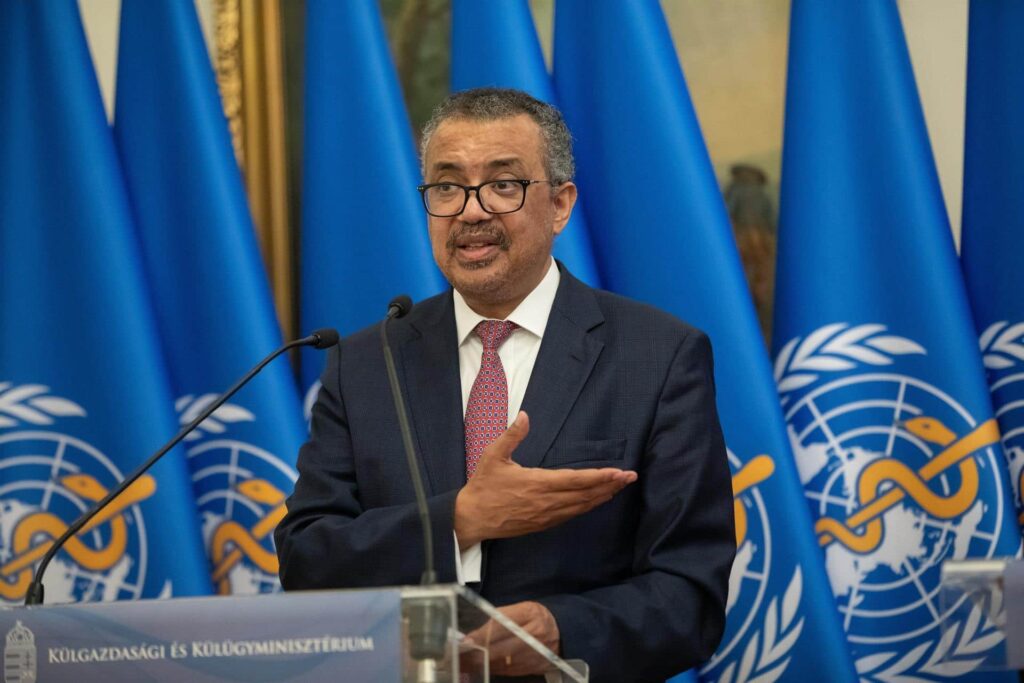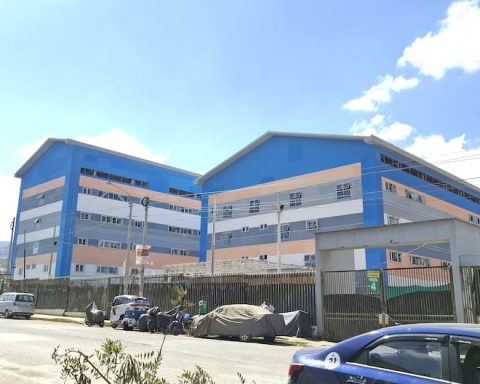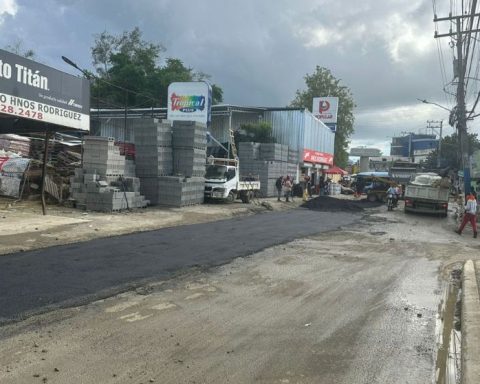Pakistan carried out a major rescue operation on Monday, while international aid begins to arrive, to deal with floods caused by monsoon rains, which have already caused at least 1,061 deaths.
The monsoon rains that began in June are “unprecedented for 30 years,” Prime Minister Shehbaz Sharif said during a tour of hard-hit areas in the north to direct relief operations.
“There is an ocean of water everywhere,” he added.
More than 33 million people, or one Pakistani in seven, have been affected by the floods and nearly a million houses have been destroyed or damaged, according to the government.
According to the latest balance, published on Monday, by the National Disaster Management Authority (NDMA), at least 1,061 people have perished since the start of the monsoon in June, 28 of them in the last 24 hours.
The authorities continued to try to gain access to isolated villages in the mountainous areas of the north of the country, raising fears of an increase in the number of victims.
The monsoon, which usually lasts from June to September, is essential for irrigating plantations and replenishing the water resources of the Indian subcontinent. But it also brings catastrophes and destruction.
This year, Climate Change Minister Sherry Rehman called it the “monsoon monster of the decade”.
Pakistani officials attribute these extreme events to climate change and claim that the country is suffering the consequences of irresponsible environmental practices in other parts of the world.
This year’s rains are comparable to those of 2010, which killed some 2,000 people and left nearly a fifth of the country inundated.
Near Sukkur, in Sindh province (south), where an imposing colonial-era dam on the Indus River is vital to preventing the catastrophe from getting worse, a farmer lamented the loss of his rice fields.
“Our plantations were spread over 2,000 hectares, where the best quality rice was grown, which you and we eat,” Khalil Ahmed, 70, told AFP. “This is all over.”
A little further north, in the village of Panjal Sheikh, the houses collapsed one by one.
After almost two weeks of non-stop downpours this month, there was nothing left but damaged houses, rubble and piles of belongings poking through puddles of brown water and gray mud.
“While we were rushing to try to save the children in a house that had just collapsed, another house fell, and then another,” Mukhtiar Ahmed, a resident of Panjal Sheikh, told AFP.
“The entire town has been wiped out,” he added.
‘Hard to land’
The NDMA indicated that more than 80,000 hectares of arable land had been devastated, and more than 3,400 km of roads and 157 bridges washed away.
The Indus threatens to break its course, fed by dozens of streams and torrents overflowed by heavy rains and melting glaciers.
Most of the Sind is now under water, making rescue operations, overseen by the Pakistani army, difficult.
“There is no landing or approach zone available… It is difficult for our pilots to land,” a military official who requested anonymity told AFP.
Army helicopters also have trouble coming to the rescue of people in distress in the north of the country, where the terrain, with high mountains and deep valleys, makes flying conditions very hazardous.
Many rivers overflowed their banks in this highly touristic region, washing away dozens of buildings, including a 150-room hotel.
The government declared a state of emergency and asked the international community for help. On Sunday, the first flights with humanitarian aid arrived, from Turkey and the United Arab Emirates.
These floods occur in a very difficult context for Pakistan, whose economy is in tatters and is going through a deep political crisis, after Prime Minister Imran Khan was ousted in April by a vote of no confidence in Parliament.









